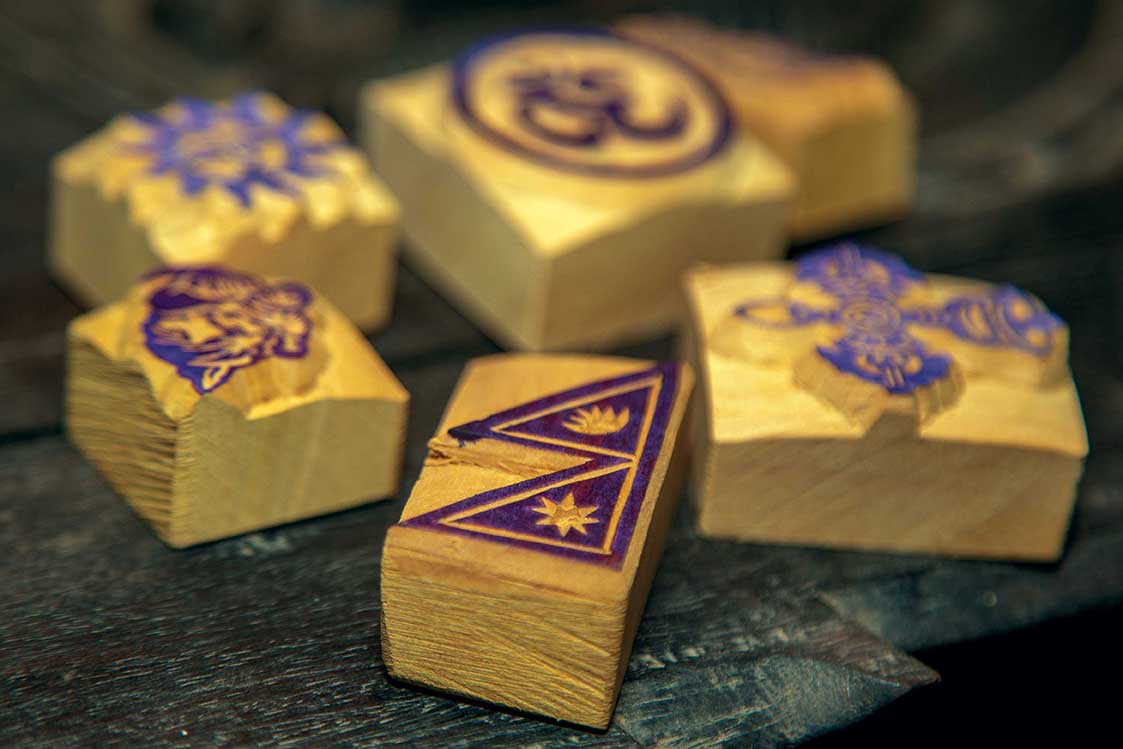FLUORIDE’S IMPORTANCE TO THE TEETH
Enamel, the outer layer of the crown, is made of closely packed mineral crystals. Every day, minerals are lost and gained from inside the enamel crystals of a tooth. These processes are called demineralization and remineralization. When acids in mouth dissolve the enamel crystals that make up the outer layer of the tooth, it leads to demineralization. These acids are formed by the combination of plaque bacteria and sugar in your mouth. The loss of enamel is balanced by remineralization. In this process, minerals such as fluoride,
calcium and phosphate are deposited inside the enamel. Too much loss of minerals without enough replacement leads to tooth decay. Fluoride helps teeth in two ways. When children eat or drink fluoride in small doses, it enters the bloodstream and becomes part of their developing permanent teeth. This also makes it harder for acids to cause demineralization. In addition, fluoride works directly on teeth of children and adults. It helps to speed remineralization and disrupt the production of acids by bacteria.
FLUORIDE TREATMENTS
Fluoride in foods, supplements and water enter the bloodstream through the stomach. From there, it is absorbed into the body. In children, the fluoride then becomes available to the teeth developing in the jaw. Topical fluoride products are apsssplied directly to the teeth. They include toothpaste, mouth rinses and professionally applied fluoride treatments. Topical fluoride treatments are in the mouth for only a short time. However, fluoride levels in the mouth remain higher for several hours afterward. Fluoride found in the water and in food products also work this way because as the water washes over the teeth some fluoride remains in the saliva.Fluoride treatments are given in a dental office. They are applied as a gel, foam or varnish. The fluoride used for these treatments is at much higher strength than mouthwashes or toothpastes. Fluoride supplements are available by prescription. They usually are reserved for children who live in areas where the water supply does not contain enough fluoride. Children who need supplements receive them from ages 6 months to 16 years.
FLUORIDE SUPPLEMENTS: WHO NEEDS THEM?
Children between 6 months and 16 years old, who do not drink fluoridated water, should take fluoride supplements. They are available as liquids for younger children and tablets for older. Either your pediatrician or your dentist can prescribe them. All children should use fluoridated toothpaste. If your children are younger than 6, be cautious about how they use it, however. Young children are more likely to swallow toothpaste after brushing instead of spitting it out. Use only a pea-sized amount of toothpaste when they brush. Encourage them to spit out as much as possible. Avoid flavored toothpastes that encourage swallowing.
If your child has a history of cavities or is at high risk of decay, he or she should use additional fluoride. This will promote remineralization. Fluoride mouth rinses are recommended for children over the age of 6. They are found in the mouthwash
section of most stores. Your dentist can prescribe fluoride rinses and gels if your child needs a higher level of fluoride. Carefully supervise your children when they use any fluoride product. Keep fluoride out of reach of young children.
CAN FLUORIDE CAUSE HARM?
As with other compounds, fluoride is safe and effective when used properly. It can be hazardous at high doses, however. All water-fluoridation systems are checked daily to maintain safe fluoride levels. Parents should supervise the use of all fluoride products in the home. Fluoride-supplement tablets should be stored safely away from young children. These supplements are taken each day in small quantities. The dose can range from 0.25 to 1 milligram per day based on the child’s age and the amount of fluoride in the water.
Dentists limit the amount of tablets they prescribe at one time to reduce the risk of overdose. To avoid any chance of overdose, do not stock up on fluoride tablets. If you have any questions regarding fluoride risks, talk to your dentist or physician.Toxic fluoride doses are based on weight. For example, the toxic dose of fluoride for a 2-year-old child weighing 22 pounds is 320 milligrams. For an 8-year-old child weighing 45 pounds, the toxic dose is 655 milligrams.In comparison, an 8-ounce glass of water fluoridated to 1 part per million contains 0.25 milligrams of fluoride. Since these fluoride products are used in such small amounts, it is very difficult to receive toxic doses when using fluoride products at home.
Advanced Dental Care
Lazimpath, Kathmandu (opp. palace)
Tel: 443.3800, Email: dentistnepal@yahoo.com
Some lesser-known vegetable dishes from the southern plains
I’m not a vegetarian but I love vegetables. And whenever I get to the southern plains of Nepal, I try...










